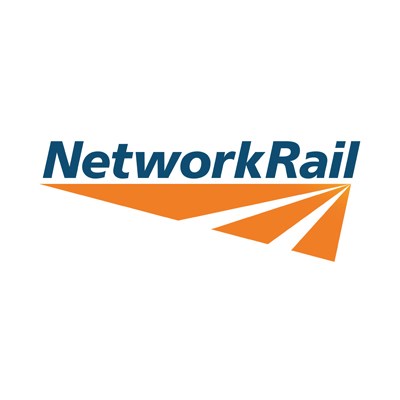Friday 7 Jul 2017
Update: Hourly service between Norwich and Ely following lightning strike
- Region & Route:
- Eastern: Anglia
- | Eastern
Rail passengers travelling between Norwich and Ely are advised to check before they travel today (Friday 7 July) after signalling equipment was damaged by lightning.
Greater Anglia is running an hourly service between Norwich and Ely, but passengers for Cambridge are advised to travel via Stowmarket.
Network Rail engineers are currently working to fix equipment damaged by the electrical storm and the service is expected to return to normal from 7pm.
When lightning strikes a rail, the high voltage can damage sensitive electronic signalling equipment. As the signalling system fails safe when a component is damaged, all signals in the area turn red and trains must stop.
Network Rail’s chief operating officer for Anglia, Simon Ancona, said: "During an intense electrical storm on Thursday, lightning damaged signalling equipment on the railway between Norwich and Ely. We are replacing the damaged parts as quickly as possible and in the meantime we've opened the line with manual signalling in place so that some services can run. We are sorry for the inconvenience this will cause and ask that passengers check before they travel."
A Greater Anglia spokesperson said: “We apologise to passengers who have been affected by the disruption on our network. Owing to signalling equipment being struck by lightning, trains have to run at a reduced speed between Norwich and Ely. Passengers for Cambridge can travel via Stowmarket. All passengers are advised to check before they travel.”
Customers who were affected by the disruption can claim compensation at https://www.greateranglia.co.uk/about-us/our-performance/delay-repay.
Passengers can check before they travel at www.nationalrail.co.uk or www.greateranglia.co.uk
Notes to Editors
Manual signalling
When lightning strikes a rail, the high voltage can damage sensitive electronic signalling equipment. As the signalling system fails safe when a component is damaged, all signals in the area turn red and trains must stop. Manual signalling means that the train driver must call the signaller to get permission before travelling through the red signals. This adds extra time to journeys.
Contact information
Passengers / community members
Network Rail national helpline
03457 11 41 41
Latest travel advice
Please visit National Rail Enquiries
Journalists
Network Rail press office - Katie Mack
Media relations manager (Anglia route)
0330 8577 132
Katie.Mack@networkrail.co.uk
About Network Rail
We own, operate and develop Britain's railway infrastructure; that's 20,000 miles of track, 30,000 bridges, tunnels and viaducts and the thousands of signals, level crossings and stations. We run 20 of the UK's largest stations while all the others, over 2,500, are run by the country's train operating companies.
Usually, there are almost five million journeys made in the UK and over 600 freight trains run on the network. People depend on Britain's railway for their daily commute, to visit friends and loved ones and to get them home safe every day. Our role is to deliver a safe and reliable railway, so we carefully manage and deliver thousands of projects every year that form part of the multi-billion pound Railway Upgrade Plan, to grow and expand the nation's railway network to respond to the tremendous growth and demand the railway has experienced - a doubling of passenger journeys over the past 20 years.
Follow us on Twitter: @networkrail
Visit our online newsroom: www.networkrailmediacentre.co.uk

